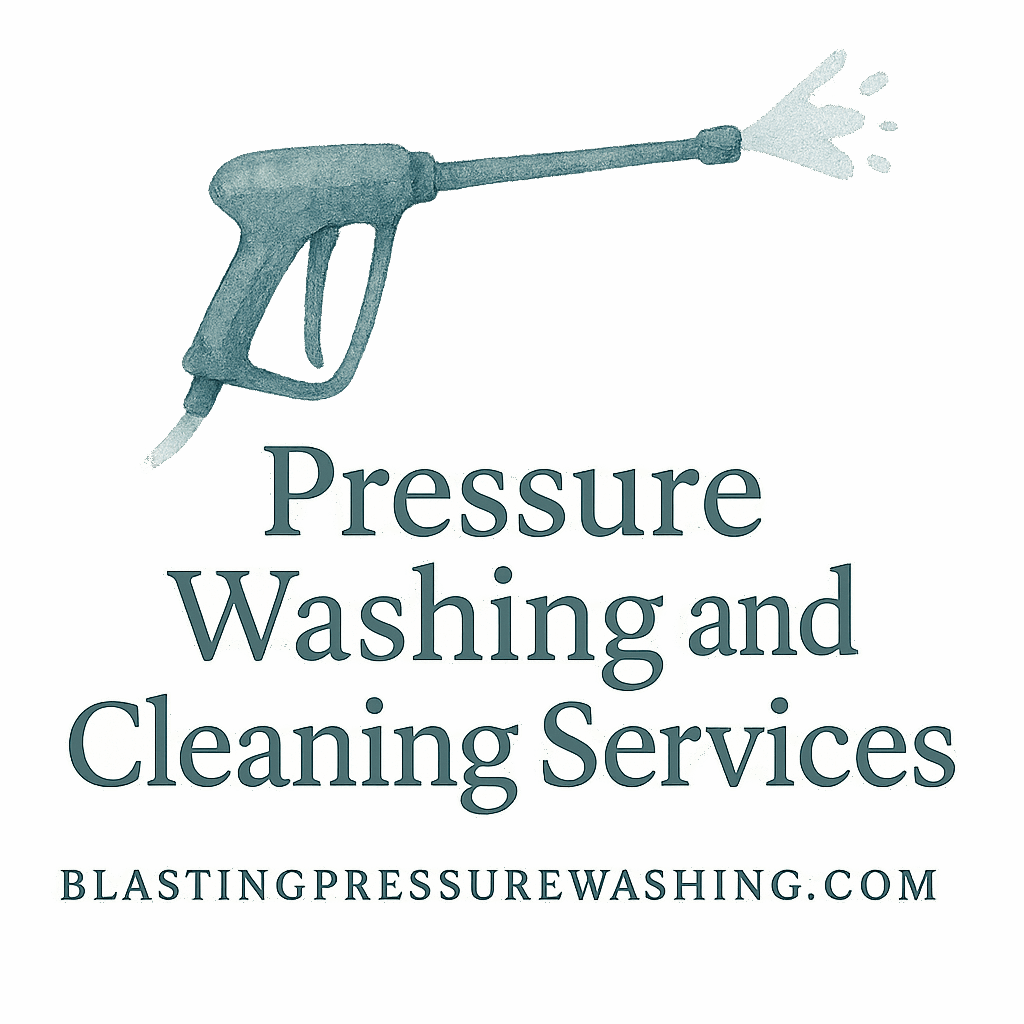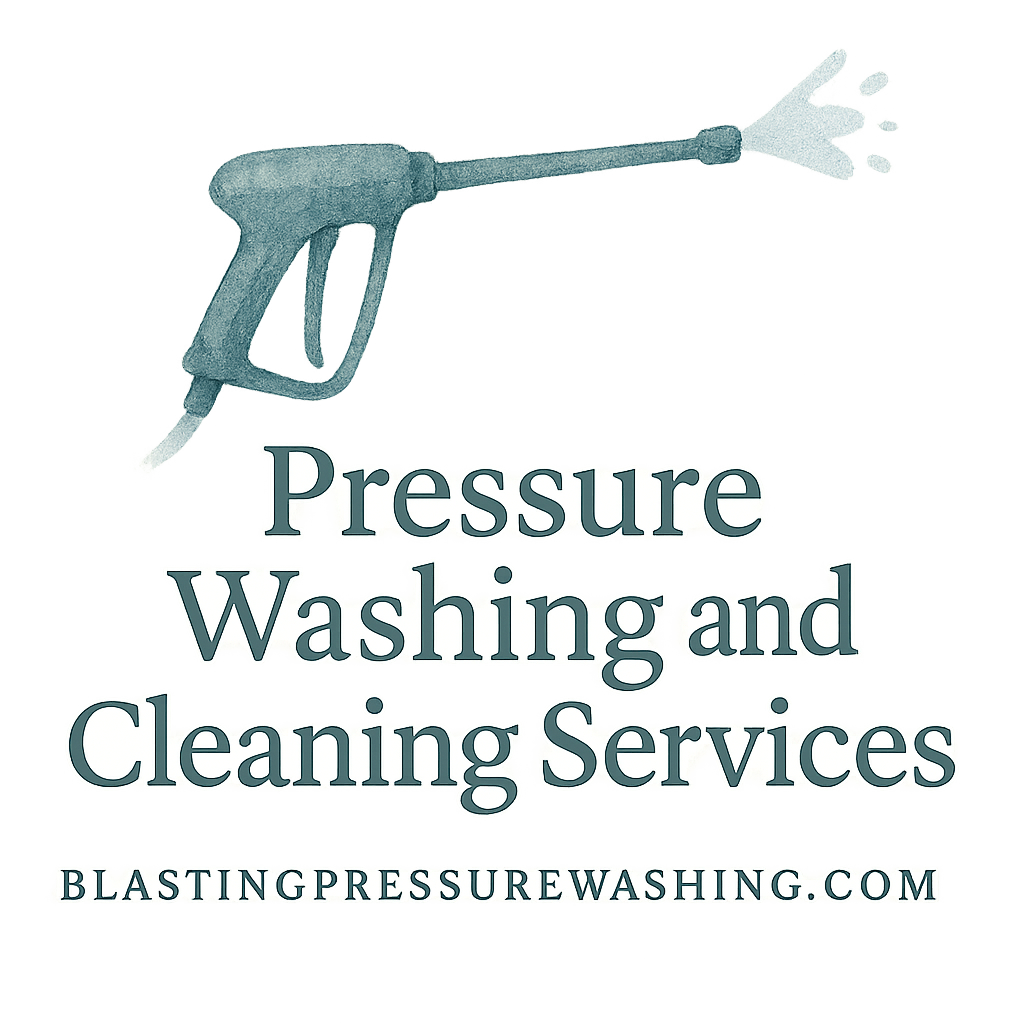Introduction
Ever tried to blast grime off your driveway or siding with a garden hose and ended up frustrated and soaked? That’s where pressure washing steps in as a game changer! But even the best pressure washer can’t do all the magic on its own — you need the right tools for the job.
In this guide, we’re breaking down the 7 must-have tools for at-home pressure washing that will save you time, boost your cleaning power, and keep you safe. Whether you’re a weekend warrior or a first-timer, this list is your ultimate go-to kit.
Why the Right Tools Matter
Here’s the truth: pressure washing without the right tools is like painting without a brush. Sure, you can make do, but why struggle?
Having the correct equipment:
- Enhances cleaning efficiency
- Reduces water and chemical usage
- Keeps you safe
- Extends the life of your machine
So, let’s dive into the toolbox and see what you really need.
1. Pressure Washer Machine
This one’s obvious, right? But choosing the right pressure washer isn’t as simple as grabbing the first one on the shelf.
Electric vs. Gas-Powered
- Electric washers are perfect for smaller, lightweight jobs like decks and cars.
- Gas-powered washers bring serious muscle — ideal for driveways, fences, and large home exteriors.
PSI and GPM: What Do They Mean?
- PSI (Pounds per Square Inch) measures pressure. Higher PSI = deeper clean.
- GPM (Gallons per Minute) tells you how fast water flows. More GPM = faster rinse.
Need help choosing? Check out Residential Pressure Washing for expert tips.
2. Spray Nozzles and Tips
Without the right tip, your pressure washer is like a firehose with no control.
Different Nozzle Colors Explained
- Red (0°): Powerful, focused — great for tough stains but risky for surfaces.
- Yellow (15°): Good for concrete.
- Green (25°): Best all-purpose tip.
- White (40°): Ideal for vehicles and windows.
- Black (65°): Low pressure, perfect for detergent application.
Choosing the Right Tip for the Job
Using the wrong tip can damage siding, strip paint, or leave you with streaks. Always test a small area first.
Pro tip: Combine your tips with tips from Pressure Washing Techniques & Tools.
3. Extension Wands
Let’s face it: most of us don’t have superhuman arms. If you want to reach your gutters or second-story windows, you’ll need a good extension wand.
Clean High Spots Safely
No ladders required! Extension wands help you stay grounded while still getting a thorough clean.
Telescoping vs. Fixed-Length
- Telescoping wands offer versatility for various tasks.
- Fixed-length wands are sturdy and simple for set jobs.
This tool really shines during seasonal pressure washing.
4. Surface Cleaners
These circular attachments look like UFOs — but they’re surface-cleaning beasts.
Why Use a Surface Cleaner?
They distribute pressure evenly across the surface, which:
- Prevents streaks
- Speeds up cleaning
- Reduces water splatter
Ideal Surfaces for This Tool
- Driveways
- Patios
- Sidewalks
- Garages
Surface cleaners are a favorite among pros in Commercial Pressure Washing.

5. Detergent Tanks or Foam Cannons
Soap makes a massive difference, especially with mildew, mold, or oil stains.
Applying Soap the Smart Way
A foam cannon attaches to your washer and blankets the surface in thick foam. Built-in detergent tanks work similarly but may offer less control.
Eco-Friendly Detergents to Consider
Avoid harsh chemicals. Look for biodegradable and plant-safe options — Blasting Pressure Washing has several eco-friendly picks.
6. Gutter Cleaning Attachments
Don’t let clogged gutters turn into a water damage nightmare.
Say Goodbye to Ladders
These curved extensions let you spray directly into your gutters from the ground.
Safe and Efficient Gutter Cleaning
You get:
- Clear gutters
- No climbing
- Zero back-breaking labor
Use this during the cleaning season for optimal results.
7. Protective Gear
Let’s not forget about safety. Pressure washers can cut skin, blind eyes, and cause nasty injuries if misused.
Safety Goggles, Gloves, and Boots
A basic kit includes:
- Goggles: Protect your eyes from flying debris
- Heavy-duty gloves: Shield your hands from chemicals and hot water
- Rubber boots: Keep your feet dry and steady
Why PPE Is Non-Negotiable
Because pain isn’t part of the pressure washing plan. Trust us, a pair of goggles is a better investment than a hospital bill.
Bonus Tools Worth Considering
- Turbo Nozzles: Combine power and speed in a rotating spray.
- Quick-connect hoses: Make setup a breeze.
- Water brooms: Great for decks and flat surfaces.
- Sandblasting kits: For serious paint removal.
Maintenance Tips for Pressure Washing Tools
- Flush out detergent after every use.
- Store hoses loosely coiled.
- Clean filters and nozzles regularly.
- Check for leaks or cracks before each use.
Maintenance equals longevity — and better performance.
Mistakes to Avoid When Using Pressure Washing Tools
- Holding the nozzle too close.
- Using high pressure on fragile surfaces.
- Skipping safety gear.
- Forgetting to test small areas first.
Also, never use household chemicals unless labeled safe for pressure washers — consult this detergent tag section for guidance.
When to Call in the Pros
If you’re:
- Dealing with mold or chemical stains,
- Planning to clean a multi-story home,
- Unsure how to operate your tools safely…
It’s okay to bring in experts. Blasting Pressure Washing offers residential and commercial pressure washing services that get the job done right.
Conclusion
Pressure washing at home doesn’t have to be complicated — as long as you’ve got the right tools in your arsenal. From the washer itself to the perfect nozzle and safety gear, each piece plays a role in getting the cleanest, safest results possible.
Want to take your home’s curb appeal to the next level? Investing in these seven essential tools is your first step. And remember, pressure washing is more than a chore — it’s a game-changer for your property’s health and value.
FAQs
1. What PSI do I need for home pressure washing?
Most residential tasks are covered by 1,300–2,800 PSI. Stick to lower PSI for vehicles and siding.
2. Can I use regular soap in my pressure washer?
Nope. Only use soaps designed for pressure washers to avoid damage — read more about safe cleaning agents.
3. How often should I pressure wash my house?
Twice a year is a good rule of thumb — spring and fall are best. Check seasonal pressure washing tips.
4. Do surface cleaners work with any pressure washer?
Mostly yes, as long as the GPM and PSI ratings are compatible. Always double-check the specs.
5. Is pressure washing eco-friendly?
It can be! Choose biodegradable detergents and limit water waste — see sustainability tips.
6. What surfaces should I never pressure wash?
Avoid windows, electrical panels, and old wood. Use the right pressure and tip for every job.
7. Can I pressure wash in winter?
It’s not ideal. Freezing temps can damage your tools and the surface. Learn more at seasonal cleaning.


